Fresh Food FLAVOR BOOSTER
Little-Known Facts
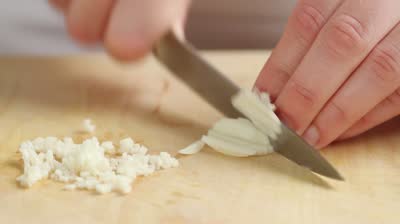
With all the focus on eating whole and fresh foods, I thought you might like to know a few things about how to boost flavor and even nutrition in some of our favorite fresh foods.
Garlic, for instance. To get the biggest nutrition boost from garlic, chop, slice it, or press it, but then be sure to let it rest for 10 minutes on your cutting board. According to Jo Robinson, food researcher (as found in Mother Earth News), here's why: Allicin is the main healing ingredient in garlic, and this healthful nutrient forms when two compounds in the clove mingle together. This mingling happens when we bite, chop, slice, or press garlic. The reaction takes about 10 minutes to complete, but it stops short if you expose the garlic to heat before the time has elapsed. Setting the garlic aside for 10 minutes ensures you get some of the famous medicine garlic has to offer.
Leaf lettuce, is another for instance. Did you know you could double the amount of antioxidants in lettuce simply by tearing it into bite-sized pieces a day or so before you eat it? And that of all the lettuce choices, red leaf has the most antioxidants and anthocyanins.
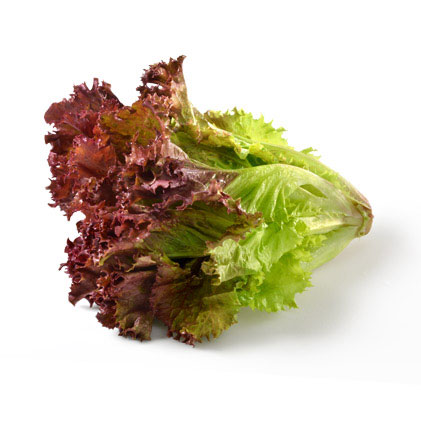
And how about onions? Professional chefs suggest using sweet onions for salads, sandwiches, and other foods you eat raw. Use the hotter, more pungent onion varieties in all other foods. And here's something I wasn't aware of: If you cook them for just five minutes, they will become sweet and mild without losing any nutrients—one of the few fresh foods that don't lose nutrients when being cooked.
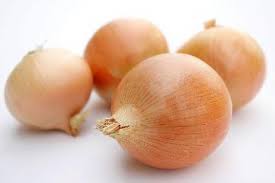
Red onions are either sweet or hot. You can tell them apart at a glance because the hotter ones are oval or round while the milder, "hamburger" onions are flat and wide. And scallions (or green onions) are better for health than full-sized bulbing onions, because the green part of the vegetable is more nutritious than the white bulb. The same is true for leeks.
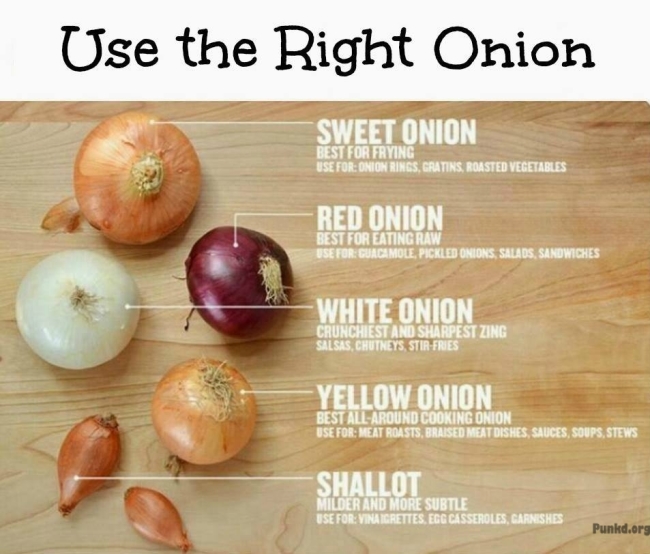
Grapes and cherries tell much of their story in their stems. Those sold in our grocery stores are sometimes weeks old, yet they still look fresh. You want to be able to determine their true age—because ages matters in terms of nutrition and flavor. So to judge the freshness of grapes and cherries, look at the stems, not the fruit. Fresh grapes and cherries have bright green, flexible stems. If they've been stored for weeks, the stems will have turned brown and started to wither. I've seen grapes in the supermarket that were so old their stems were brittle and almost black. Those we want to pass on.
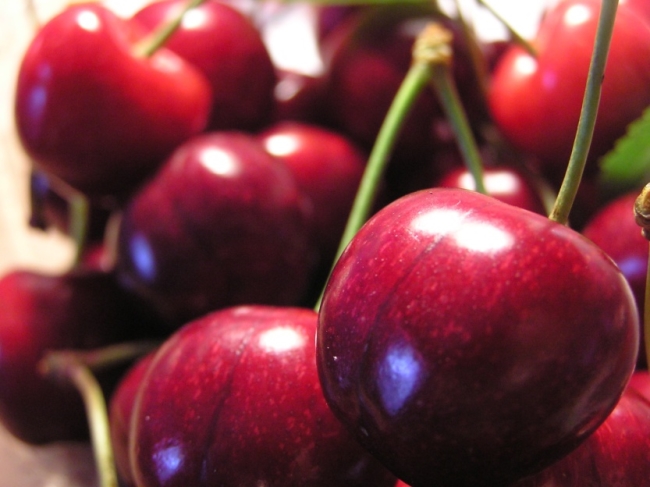
Finally, tomatoes. Have you noticed with home gardeners that folks like to brag about how big their tomatoes are? New research, though, shows that smaller varieties are more nutritious in many instances. The smaller and darker red the tomato, the more lycopene it has per ounce. Small tomatoes are also higher in sugar and have a more intense "tomatoey" flavor than slicing or beefsteak tomatoes.
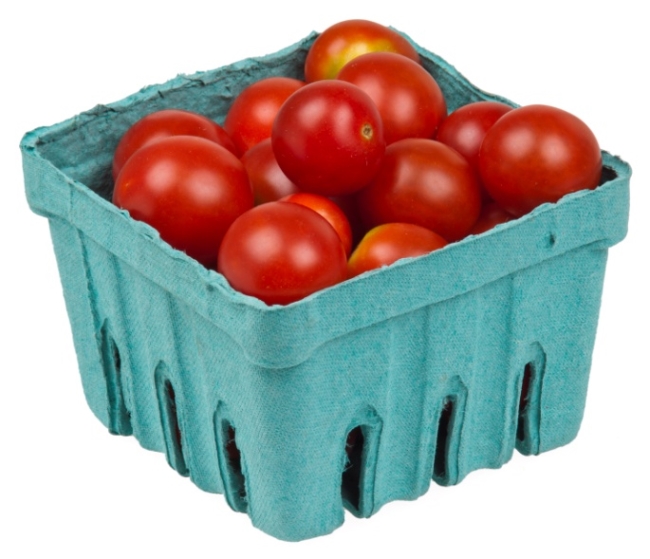
So if you can, make your next sauce or salsa out of red cherry tomatoes for a super flavor boost. And BTW: yellow cherry tomatoes have no lycopene and are so low in acidity that they contribute little to no flavor to sauces and salsas.
Now if you'd like a more comprehensive run down on tips to boost flavor and nutrition, go to www.motherearthnews.com/fresh-food-poster. They've got a great little poster you can download that's taken from food researcher, Jo Robinson's book, Eating on the Wild Side: The Missing link to Optimum Health.
- www.footage.shutterstock.com
- www.dolesalads.com
- www.edenbrothers.com
- www.punkd.org
- www.produceblog.co
- www.en.wikipedia.org
 Alice Osborne
Alice Osborne
Weekly Newsletter Contributor since 2006
Email the author! alice@dvo.com
